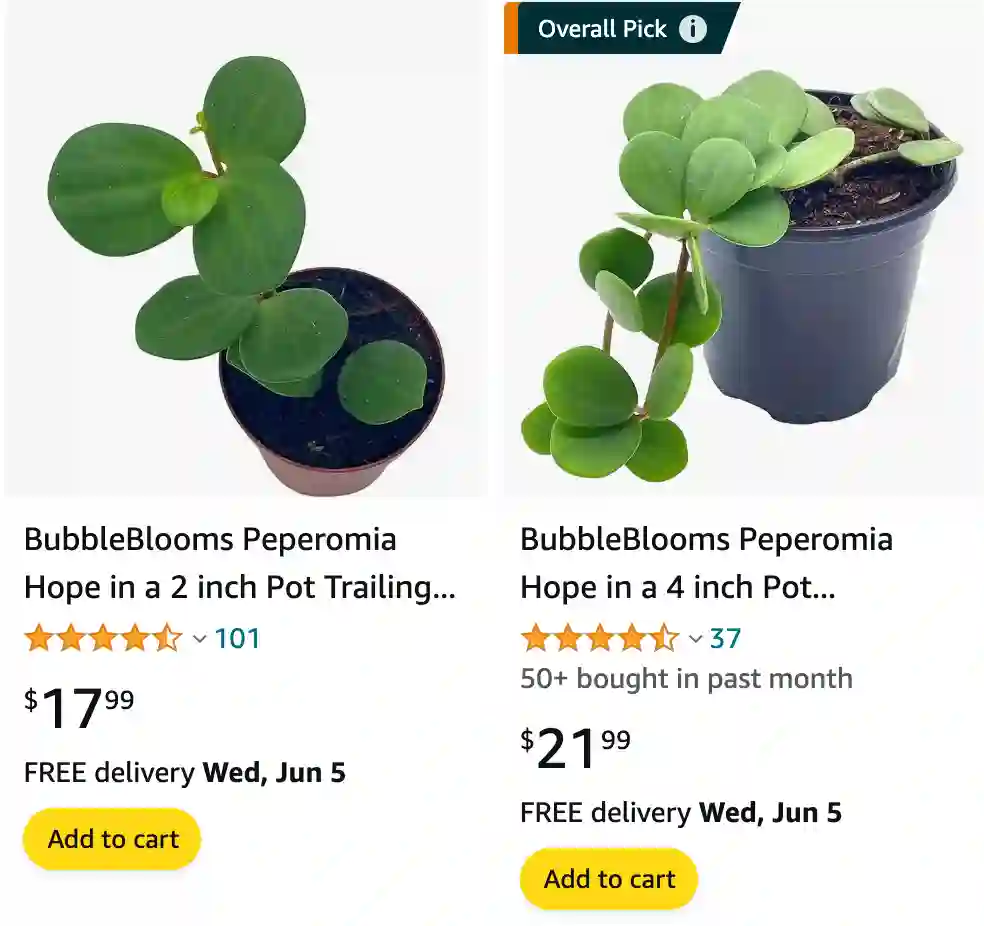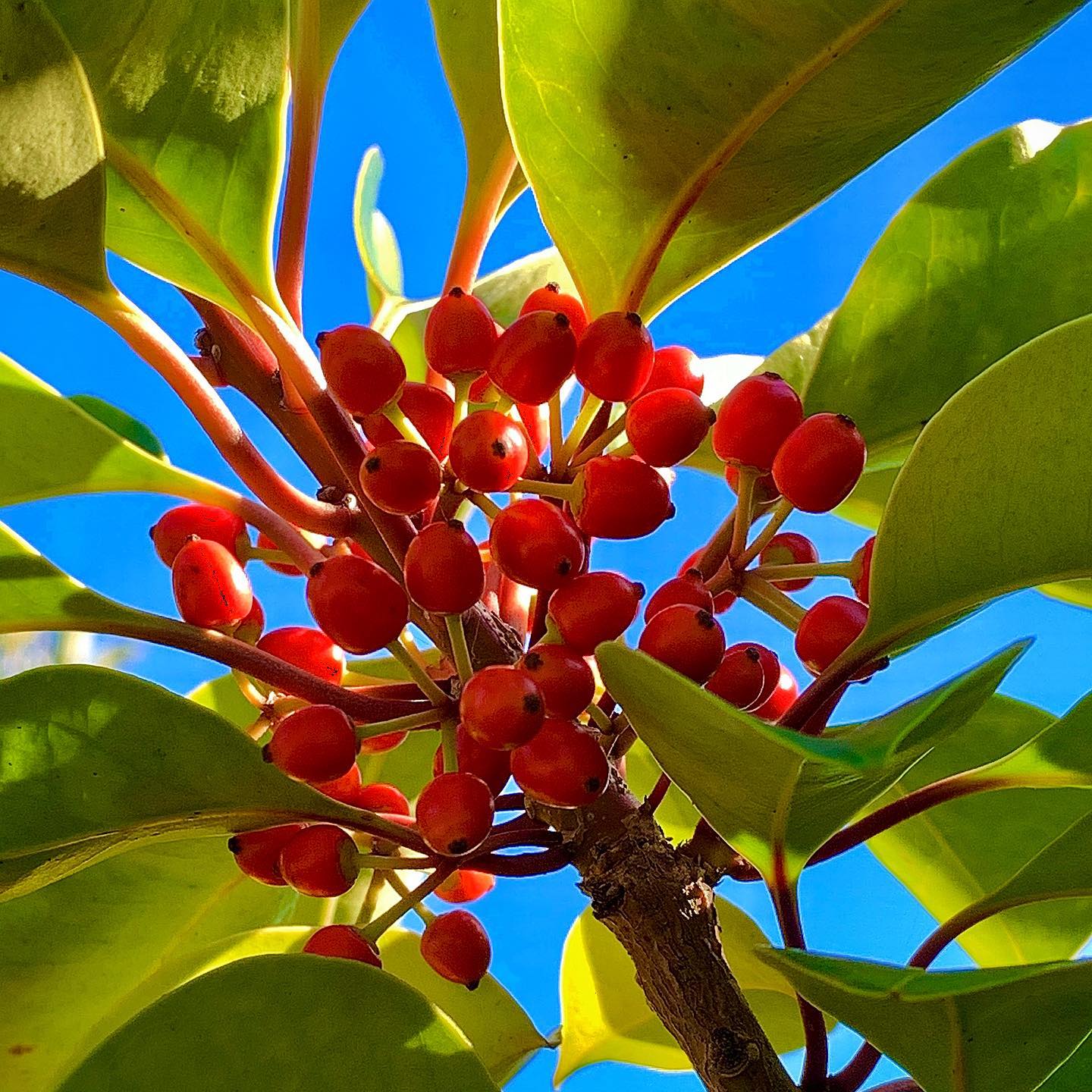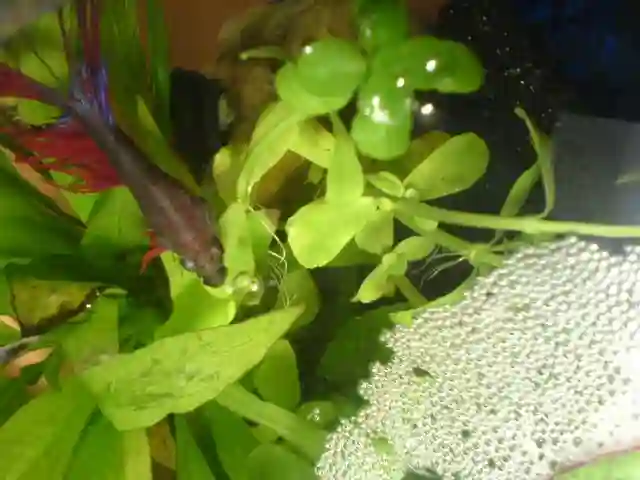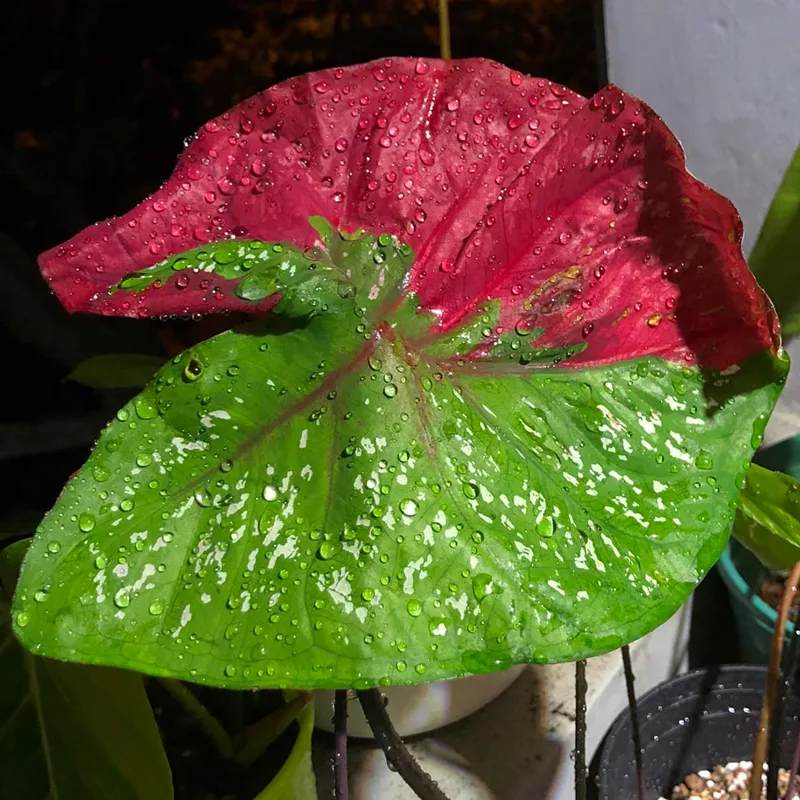
Peperomia rotundifolia: A Delicate Gem in My Plant Collection
As an avid plant enthusiast, I’ve always been drawn to the unique charm of Peperomia rotundifolia. Its delicate, trailing stems adorned with small, round leaves create a lush, cascading effect that can effortlessly enhance any space. In this article, I’ll share my experiences and tips on caring for, propagating, and ensuring the safety of Peperomia rotundifolia around pets.
1424 Species in Genus Peperomia
What is Peperomia rotundifolia?
Peperomia rotundifolia, commonly known as the Trailing Jade, is a perennial plant native to South America. It belongs to the Piperaceae family, which includes a diverse range of species known for their ornamental foliage. The small, coin-shaped leaves of Peperomia rotundifolia are its standout feature, growing densely along its slender, trailing stems. This plant is perfect for hanging baskets or as a cascading element in a mixed arrangement, bringing a touch of greenery to any room.
Peperomia Prostrata vs Rotundifolia
I love how Peperomia Prostrata’s tiny leaves cascade down, resembling a miniature vine, creating a lush green carpet in my hanging basket. In contrast, Peperomia Rotundifolia’s round, succulent-like leaves have a more compact growth, making it perfect for small spaces or terrariums.
Peperomia Rotundifolia vs Hope
Peperomia Rotundifolia’s resilience and ease of care make it a staple in my indoor plant collection, thriving in moderate light with minimal fuss. On the other hand, Peperomia Hope’s glossy, heart-shaped leaves and trailing habit add a touch of elegance wherever I place it, bringing a refreshing green contrast to my home decor.
How to Care for Peperomia rotundifolia?
Caring for Peperomia rotundifolia is relatively easy, making it an excellent choice for both novice and experienced plant lovers. Here are some key aspects of its care:
Light Requirements
Peperomia rotundifolia thrives in bright, indirect light. Direct sunlight can scorch its delicate leaves, so it’s best to place it near a window with filtered light or in a well-lit room away from harsh sun rays. If natural light is limited, this plant also does well under fluorescent lights.
Watering
One of the most crucial aspects of caring for Peperomia rotundifolia is getting the watering right. It prefers to dry out slightly between waterings, as overwatering can lead to root rot. I usually water mine once the top inch of the soil feels dry to the touch. During the winter months, I reduce the watering frequency to accommodate the plant’s slower growth rate.
Humidity and Temperature
Peperomia rotundifolia enjoys moderate humidity levels, typical of most indoor environments. If the air in your home is particularly dry, especially during winter, consider using a humidifier or placing the plant on a tray with water and pebbles to increase humidity. It thrives in temperatures between 60-80°F (16-27°C) and should be kept away from cold drafts or sudden temperature changes.
Soil and Fertilization
A well-draining potting mix is essential for Peperomia rotundifolia. I use a mix designed for succulents or a standard potting soil amended with perlite. Fertilize the plant during the growing season (spring and summer) with a balanced, water-soluble fertilizer diluted to half strength. Avoid fertilizing in the winter when the plant’s growth naturally slows down.
How to Propagate Peperomia rotundifolia?
Propagating Peperomia rotundifolia is a rewarding process and can be done through stem cuttings. Here’s how I do it:
- Select a Healthy Stem: Choose a healthy stem with several leaves. It’s best to take cuttings in the spring or summer when the plant is actively growing.
- Cut the Stem: Using clean, sharp scissors or pruning shears, cut a stem just below a node (the point where leaves attach to the stem). The cutting should be around 3-4 inches long.
- Remove Lower Leaves: Remove the leaves from the lower half of the cutting to expose the nodes.
- Root in Water or Soil: You can root the cutting in water or directly in soil. If rooting in water, place the cutting in a jar of water, ensuring the nodes are submerged. Change the water every few days. If rooting in soil, plant the cutting in a pot with moist potting mix, ensuring the nodes are buried.
- Wait for Roots to Develop: In a few weeks, roots should start to develop. Once the roots are about an inch long, you can transplant the cutting into a small pot with potting mix.
Is Peperomia rotundifolia Toxic to Cats?
As a pet owner, one of my primary concerns when introducing new plants into my home is their safety around my furry friends. Fortunately, Peperomia rotundifolia is non-toxic to cats and dogs. This makes it a perfect addition to a pet-friendly household, allowing you to enjoy its beauty without worrying about your pets’ health.
What to Plant with Peperomia rotundifolia?
Pairing Peperomia rotundifolia with other plants can create a stunning display. Here are a few plants that complement its aesthetic:
- Spider Plant (Chlorophytum comosum): Its arching, variegated leaves contrast beautifully with the round leaves of Peperomia rotundifolia.
- Pothos (Epipremnum aureum): Both plants have similar care requirements and look great together in mixed arrangements.
- Ferns: The feathery fronds of ferns add texture and visual interest alongside the trailing stems of Peperomia rotundifolia.
Conclusion
Peperomia rotundifolia is a delightful plant that brings a touch of elegance to any indoor garden. Its ease of care and non-toxic nature make it a perfect choice for plant enthusiasts with pets. Whether you’re propagating new plants or simply enjoying its beauty, Peperomia rotundifolia is sure to be a cherished addition to your collection.
If i die, water my plants!


